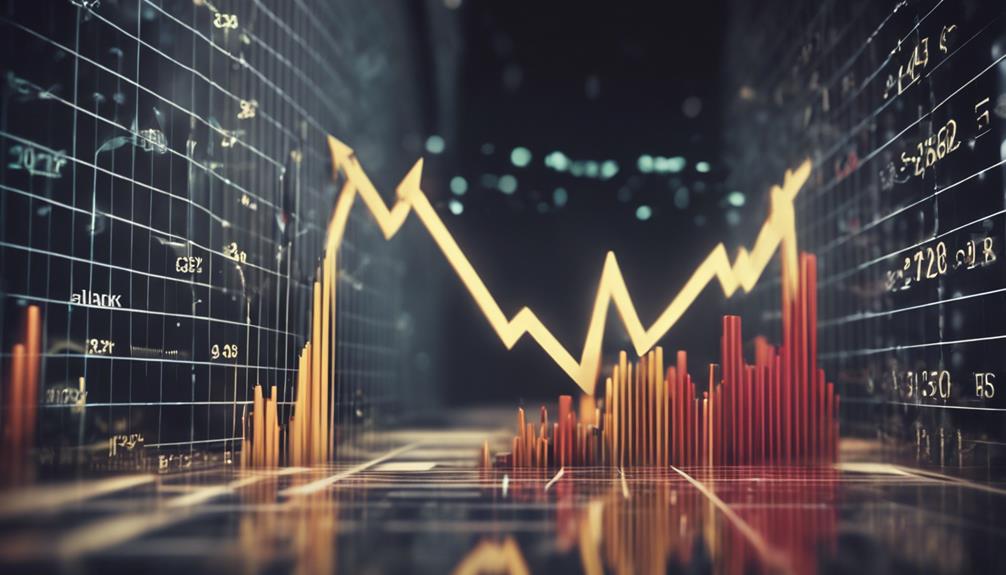When you think about the term "bear market," it's easy to overlook its intriguing origins. Picture the 18th century in London's financial district, where bearskin jobbers engaged in speculative practices that echo today's market behaviors. The imagery of bears swiping downwards starkly contrasts the bullish rise of prices. But what does this really say about our economic climate? The story behind the name reveals more than just a market trend; it uncovers deeper truths about investor sentiment.

The origins of the term "bear market" reveal a fascinating blend of history, economics, and metaphor. You might find it interesting that this term traces back to the 18th century in London's financial district. The earliest known usage of "bear" in a financial context dates back to 1709 by Richard Steele. It directly relates to the practices of bearskin jobbers, who sold bearskins before they actually owned them. This speculative practice mirrors modern short selling, where sellers bet against an asset they don't possess.
You can grasp the metaphorical significance of the term when you consider the way bears attack—by swiping their paws downward. This imagery of downward motion perfectly encapsulates the essence of a bear market, where stock prices plummet. In contrast, think about the bull, whose upward thrust of horns symbolizes market growth. The duality of these animal metaphors highlights the volatility and unpredictability of financial markets.
When you dive deeper, you realize a bear market isn't just a term; it's a phenomenon characterized by a decline in stock prices of more than 20% over a prolonged period. During these times, you'll notice reduced trading volumes and a pervasive negative sentiment among investors. Historical bear markets have often ushered in significant economic downturns, such as the Great Depression that followed the 1929 stock market crash. Various economic factors, including inflation and recession, often trigger these downturns, leaving a lasting impact not just on investors but on the economy as a whole.
Moreover, cultural references enrich the term's legacy. You might find it fascinating that Thomas Mortimer's 1761 work, "Every Man His Own Broker," referenced bear markets. An old proverb about selling a bear's skin before catching the bear emphasizes the inherent risks of speculation. Additionally, the blood sports involving bulls and bears in the past contributed to the symbolic use of these animals in finance.
As the financial vocabulary evolved, the terms "bear" and "bull" gained prominence in the late 19th century, becoming integral to how you discuss market trends today. Understanding these origins allows you to appreciate the depth behind the term "bear market," which captures not just the economic landscape but also a rich historical narrative that continues to influence the way you perceive financial markets.










